yo6oej
Hero Member
- Joined
- Aug 23, 2008
- Messages
- 824
- Reaction score
- 738
- Golden Thread
- 2
- Location
- Toplita , Romania
- 🥇 Banner finds
- 2
- Detector(s) used
- Garrett GTI 2500 & Pro Pointer / Detech EDS Plus II
- Primary Interest:
- All Treasure Hunting
📌After several years of searching in the field for unknown areas of the Roman defense in northern part of Roman Dacia, I arrived again at a location that visited several times a few years ago, showed nothing but WW1 trenches. I passed by there several times, but I made the mistake of studying only the higher area, among trenches and cannon placements, being convinced that if something was there in antiquity, this area have been irreparably depreciated by modern military works. And at least I had seen on several occasions, the fact that not always an ancient Roman fortifications was located on the highest point... This time, with the help of a good friend of mine, the location was studied more thoroughly, and on its northern edge, near the forest, an imprint appeared in the soil which has nothing to do with modern wars. A well-defined quadrilateral has been appear with equal sides of 35 m x 35 m, which I believe can only be a Roman marching camp (castra movere), delimited by a ditch (vallum) visible even today, a perimeter inside which the Roman legionaries and auxiliaries were stationed, and there is also the suspicion that a small watchtower existed in one of its corners. North of this location, the nearest and most important Roman tower identified is about 10 km away, next to a large Roman vicus, and in the opposite direction a few kilometers away, a Roman camp, with direct visibility to both. Several objects were discovered on the north side of the quadrate, which confirms the period of the fort from approximately the 2nd half of the 2nd century, namely 5 imperial roman denarii and 2 rings from the same period :
➡️1 Vespasianus (69-79);
➡️1 Domitianus (90-91);
➡️2 Trajanus (98-117);
➡️1 Hadrianus (117-138);
➡️1 round ring in section, made of silver;
➡️1 bronze alloy ring, decorated with evil-eye and other ornamental symbols;
In the vicinity of the area, the following were also identified :
➡️1 iron arrowhead;
➡️1 fragmentary bronze buckle, with iron pin;
➡️1 rhomboid arrowhead with pin, made of iron (probably from the migration period)


➡️1 Vespasianus (69-79);
➡️1 Domitianus (90-91);
➡️2 Trajanus (98-117);
➡️1 Hadrianus (117-138);
➡️1 round ring in section, made of silver;
➡️1 bronze alloy ring, decorated with evil-eye and other ornamental symbols;
In the vicinity of the area, the following were also identified :
➡️1 iron arrowhead;
➡️1 fragmentary bronze buckle, with iron pin;
➡️1 rhomboid arrowhead with pin, made of iron (probably from the migration period)

Attachments
-
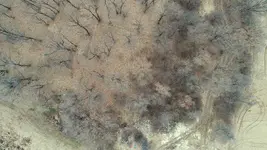 2.webp931.1 KB · Views: 37
2.webp931.1 KB · Views: 37 -
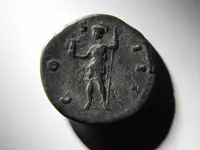 18.webp297.3 KB · Views: 30
18.webp297.3 KB · Views: 30 -
 19.webp136.5 KB · Views: 30
19.webp136.5 KB · Views: 30 -
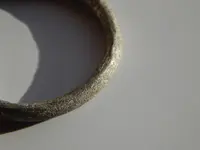 20.webp115.6 KB · Views: 31
20.webp115.6 KB · Views: 31 -
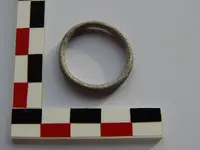 21.webp111.9 KB · Views: 32
21.webp111.9 KB · Views: 32 -
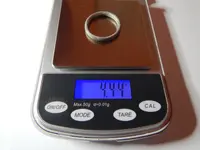 22.webp170.4 KB · Views: 32
22.webp170.4 KB · Views: 32 -
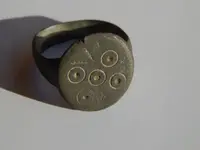 23.webp133.8 KB · Views: 31
23.webp133.8 KB · Views: 31 -
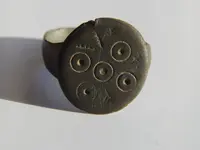 24.webp165.2 KB · Views: 30
24.webp165.2 KB · Views: 30 -
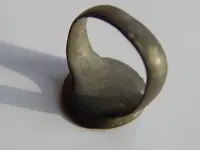 25.webp102.7 KB · Views: 30
25.webp102.7 KB · Views: 30 -
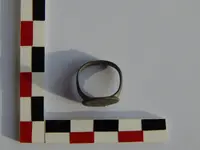 26.webp72.7 KB · Views: 30
26.webp72.7 KB · Views: 30 -
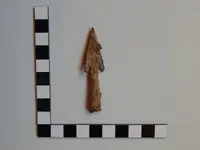 27.webp161.3 KB · Views: 30
27.webp161.3 KB · Views: 30 -
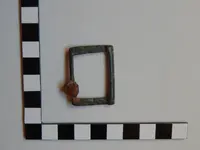 28.webp151.7 KB · Views: 30
28.webp151.7 KB · Views: 30 -
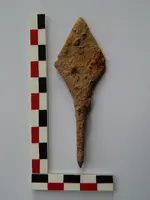 29.webp118.1 KB · Views: 35
29.webp118.1 KB · Views: 35 -
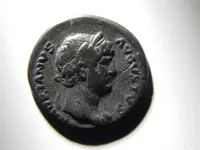 17.webp278.6 KB · Views: 29
17.webp278.6 KB · Views: 29 -
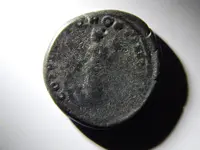 16.webp341.4 KB · Views: 29
16.webp341.4 KB · Views: 29 -
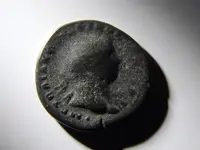 15.webp312.7 KB · Views: 28
15.webp312.7 KB · Views: 28 -
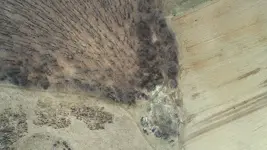 3.webp791.1 KB · Views: 29
3.webp791.1 KB · Views: 29 -
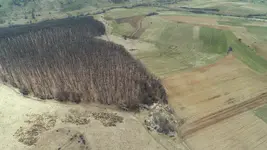 4.webp716.2 KB · Views: 31
4.webp716.2 KB · Views: 31 -
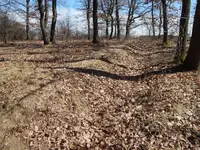 5.webp1.3 MB · Views: 29
5.webp1.3 MB · Views: 29 -
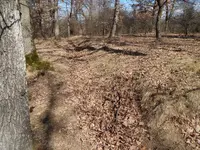 6.webp1.2 MB · Views: 28
6.webp1.2 MB · Views: 28 -
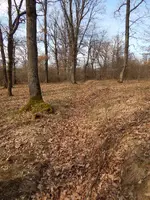 7.webp1.1 MB · Views: 28
7.webp1.1 MB · Views: 28 -
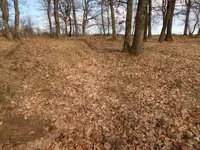 8.webp1 MB · Views: 30
8.webp1 MB · Views: 30 -
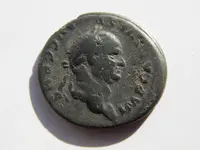 9.webp385.3 KB · Views: 28
9.webp385.3 KB · Views: 28 -
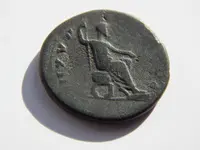 10.webp326 KB · Views: 27
10.webp326 KB · Views: 27 -
 11.webp272 KB · Views: 28
11.webp272 KB · Views: 28 -
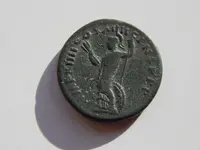 12.webp302.1 KB · Views: 27
12.webp302.1 KB · Views: 27 -
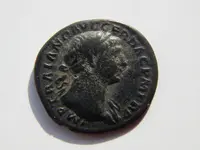 13.webp236.5 KB · Views: 27
13.webp236.5 KB · Views: 27 -
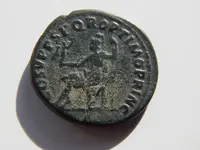 14.webp400.7 KB · Views: 25
14.webp400.7 KB · Views: 25
Last edited:
Upvote
38




